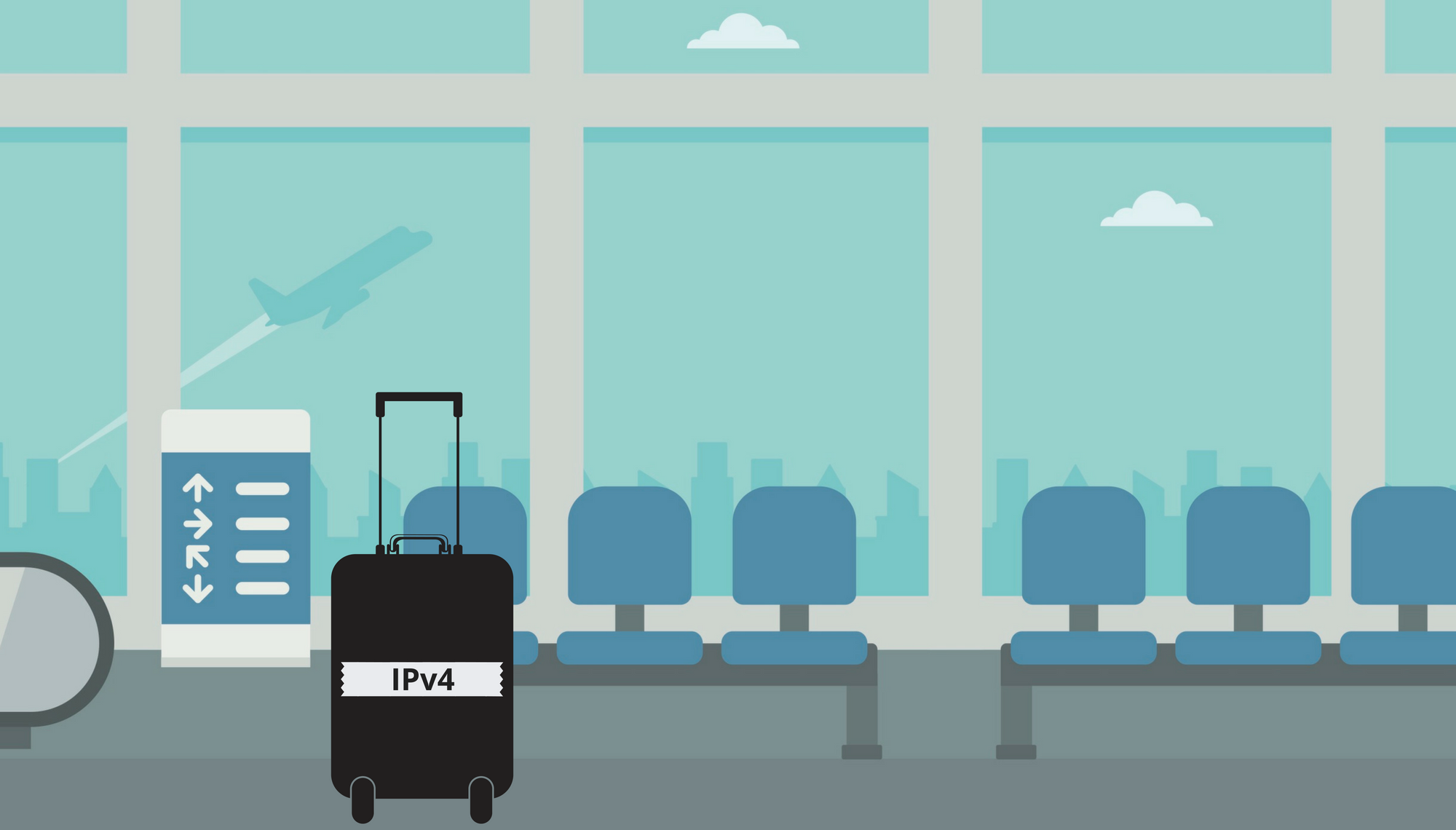
Has Your Company Forgotten About Some of its IPv4 Address Space? [Archived]
OUT OF DATE?
Here in the Vault, information is published in its final form and then not changed or updated. As a result, some content, specifically links to other pages and other references, may be out-of-date or no longer available.
Know Your Corporate History
Updating the registration information for Internet number resources (IP addresses and Autonomous System Numbers) is an item often overlooked when corporations complete a merger or undertake a major corporate restructuring. However, updating the registration information for an organization’s Internet number resources is very important!
Consider this example that uses hypothetical organization names. Presume the fictitious organization, “Best Widgets, Inc.” was issued a /16 IPv4 address block in 1996 and shortly after was acquired by “Best Dog Holdings, LLC.” “Best Dog Holdings, LLC” converts to an Inc. under the name “Blue Dog, Inc.” A few years later “Blue Dog, Inc.” merges with and into “Parents Know Best Corp.” If the registration information for the address block was not continually updated as the various corporate events took place, then “Parents Know Best Corp.” may, as legal successor to Best Widgets, Inc., hold registration rights to the /16, but registered under one of its earlier legal names. Please note that a number of factors contribute to the assessment of the proper holder of registration rights to Internet number resources and this is just one of many hypothetical outcomes.
You might be thinking that some of your corporate events happened over 20 years ago and certainly the Internet number resources not updated would be revoked by now, but this may not be the case – particularly with legacy number resources. Legacy number resources are IPv4 addresses and Autonomous System numbers which were originally issued by one of the predecessor registries prior to ARIN’s inception in December 1997 and those rights, unless transferred to a third party, remain with the original registrant or its legal successor. At its formation, the ARIN Board of Trustees decided that ARIN would provide basic registration services to legacy number resource holders. Legacy number resources will often remain in the original registrant entity’s name after a corporate merger or acquisition event unless they are updated to reflect the legal successor of the original registrant.
It is not unusual for an organization to grow or change hands several times as it adapts to an ever-changing business environment. What is your organization’s corporate history? How many different names has your organization had? How many companies has your organization acquired or with whom has it merged since its inception? You might say “We have been in business for two decades, who has that sort of documentation?” If you have incomplete corporate records, a resource for obtaining additional information/documentation may be available in your company’s province or state of incorporation. In addition, if your organization (or any of your acquired entities) was ever a reporting entity filing with the Securities and Exchange Commission (SEC) or the Canadian government, the SEC’s website could be a good resource and the Canadian filings can be viewed through SEDAR.
How Do I Find Out if my Organization may have rights to additional address space under an earlier name?
You can search ARIN’s Whois database to see if entities that your organization has acquired currently have Internet number resources directly registered to them. ARIN’s Whois directory service allows a user to retrieve information about Internet number resources, organizations, and Points of Contact (POCs) registered with ARIN. It pulls this information directly from ARIN’s database. There are few different ways to get information from ARIN’s Whois database as outlined in our Quick Guide to ARIN’s Whois.
Try any of the following:
1. Web interfaces. In the upper right-hand corner of our website is a “Search Whois” box. Enter the first several words of any entity name or POC name followed by an asterisk “*” (the asterisk acts as a wildcard and will pull up all the records in ARIN’s Whois database that begins with the words you entered.) It is likely that not all of the hits from your query will be applicable to your organization. You can also utilize the Advanced Search function to limit your search results to just organizations by clicking on the words “Advanced Search” directly below the Search Whois box and specify “Organization” or “Name” under your search field.
2. Application Programming Interfaces: ARIN provides a Whois-RESTful Web Service (Whois-RWS) that allows developers to create their own applications or scripts that retrieve information using Whois-RWS. You can find more information about Whois-RESTful Web Service on our website. The IETF has standardized a RESTful Whois API called Registration Data Access Protocol (RDAP) that is supported by all Regional Internet Registries (RIRs), including ARIN. More information is available on the RDAP page.
3. Command-Line Interface (CLI) clients: You can access Whois information by connecting to a Whois server using CLI commands entered into a terminal window. To submit a Whois query from a terminal, you will want to structure your search like this: whois -h whois.arin.net “flag search-term” This query is broken down in parts:
-
“whois” = the command itself
-
“-h” = specifies the hostname of the Whois server
-
“whois.arin.net” = the name of ARIN’s Whois server
-
“flag” = narrows the search by restricting the results to those that match criteria designated by the flag. (Complete list of Whois flags)
-
“search-term” = the information for which you are searching. To see a complete list of all result fields and their respective descriptions, you’ll want to visit the “Interpreting Whois Results” section of the Quick Guide.
Research your corporate history and search ARIN’s Whois database today!
OUT OF DATE?
Here in the Vault, information is published in its final form and then not changed or updated. As a result, some content, specifically links to other pages and other references, may be out-of-date or no longer available.
